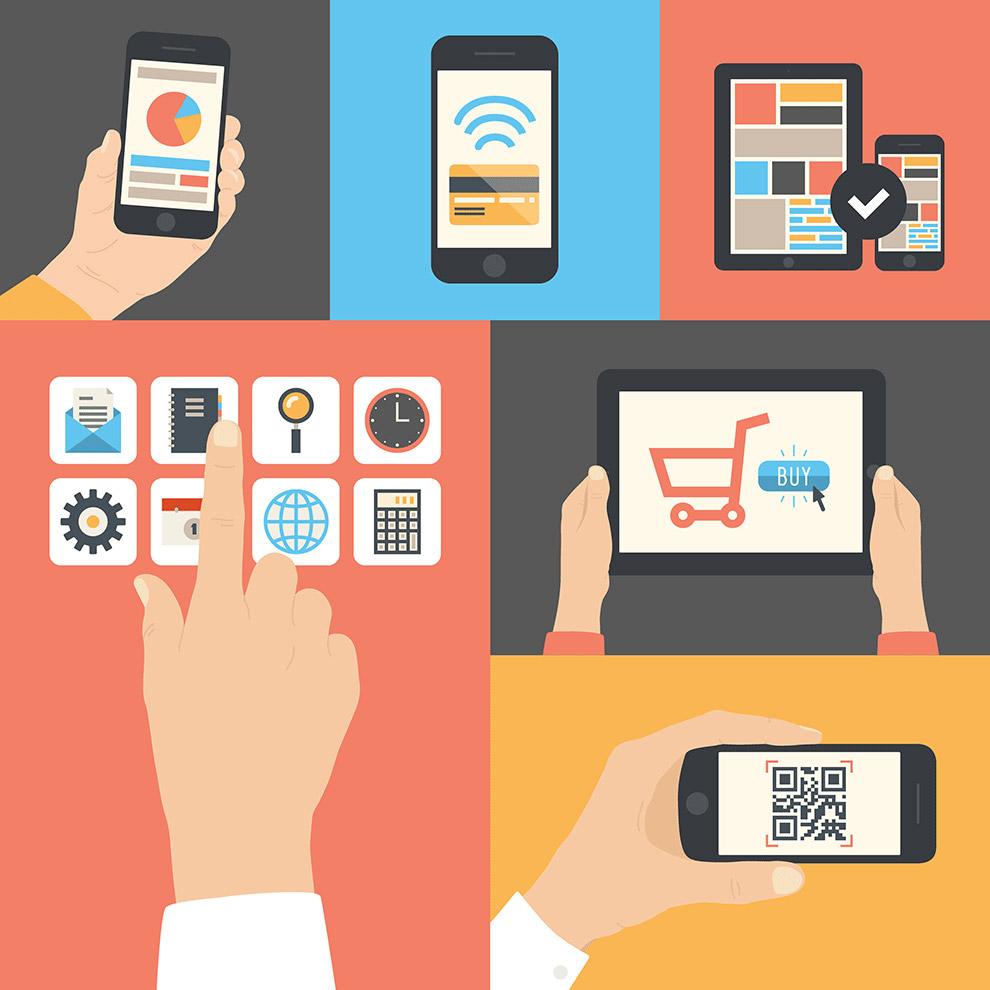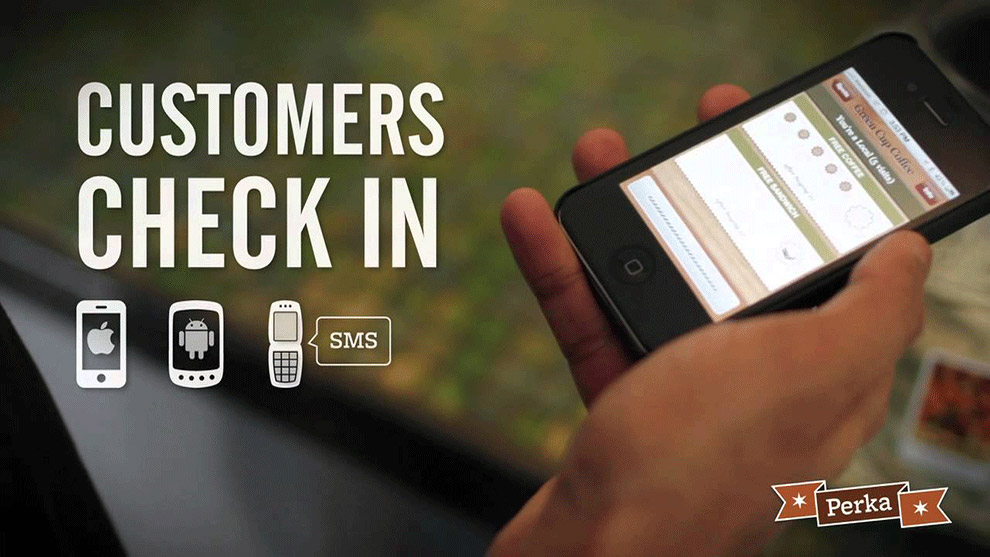Customers are a goldmine to every business. Winning clients is one thing, but knowing how to keep them is an art that pays off. On the one hand, “newcomers” help for the spreading of the name of different companies and contribute to the growth of their ratings. Old customers, on the other hand, are the ones who maintain that very name and rating. For this reason it is of a huge importance to see beyond the surface of commerce and dig deeper in the soil. Doing this will allow merchants in every branch to unearth prosperous results that will ostensibly speed up and polish the success of their companies.
There are thousands of organizations and firms out there and from a marketing perspective they are doing more than fine. Nevertheless, to completely establish themselves in the winning side of this game called “running a business”, company owners look for ways that will not only help them interest clients but will also help them preserve the ones that have already been attracted. Since customers are simultaneously product- and value-seeking individuals, giving them something that just answers their practical and routine needs might not be enough in some cases. Why is that so? Offering them a product that satisfies just the pragmatic aspect neglects the other pivotal point – the one which constitutes value. And by value we referrer to appreciation and making the consumer a single entity that counts.
In this sense, buyers who look for value want to be rewarded. They want to give and get something back as a token of gratitude and as a gesture of acknowledgment. Stepping into the digital era, what company owners can do is to set up a business environment that offers digital loyalty reward apps, working on today’s omnipresent mobile devices. Instead of filling people’s wallets with paper punch-cards or plastic rewards cards, it is time to take advantage of the modernized world of technological advancements.

The best part about this sort of shoppers-rewarding applications is that they also enable managers to collect useful information about a client’s purchases, preferences and habits and turn it to their advantage. Bellow you can see the best and most frequently used loyalty and reward systems which deliver booming two-side satisfaction.
- Pirq
This is perhaps the best loyalty app which allows users to easily manage their punch cards, and find exclusive rewards and discounts from their favorite businesses. Those who want to benefit in the quickest and most convenient way can download the app, discover deals, and save the ones that appeal to them the most. After that, all they have to do is to scan the Microsoft Tag at the shop to receive their punch card.
From merchants’ perspective, this system gives them an opportunity to monitor customers’ preferences and traffic and to also figure out what the preferred rewards are. Since all of this happens in real-time, owners can observe when exactly their peak and off-peak moments occur.
This is a network which serve to provide consumers with optimized usefulness of their iPads. How does it work? Customers place their BellyCard card or app QR card over the tablet camera. This updates the existing merchants database and gives points to customers in return. These points can be further used for redeeming a variety of rewards.
Business owners, though, are required to pay a monthly fee in order to take advantage of this application. Paying the specific monthly sum will provide them with 300 loyalty cards and an Apple iPad to track customer visits.

Perka is a digital loyalty marketing platform that is built upon a technology which works on mobile devices via app or text messages. Users can benefit from it by following three simple steps which include checking in at a chosen location, making a purchase and saying their name. In return they will receive a stamp. When they have gathered enough stamps, consumers can get VIP status and more special perks.
Merchants are enabled to reward customers for frequent purchases.
To sum up, forming the backbone of one’s business success largely relies on clients. If attracting new ones is vital, keeping those that are already there is even more vital. Citing the Harvard Business School, expanding customer retention rates by 5 percent results in increased profits by 25 percent to 95 percent. Thus, how can company owners preserve their clients? By rewarding them. And in the technology-oriented world, such rewards become possible in the form of digital loyalty applications.














